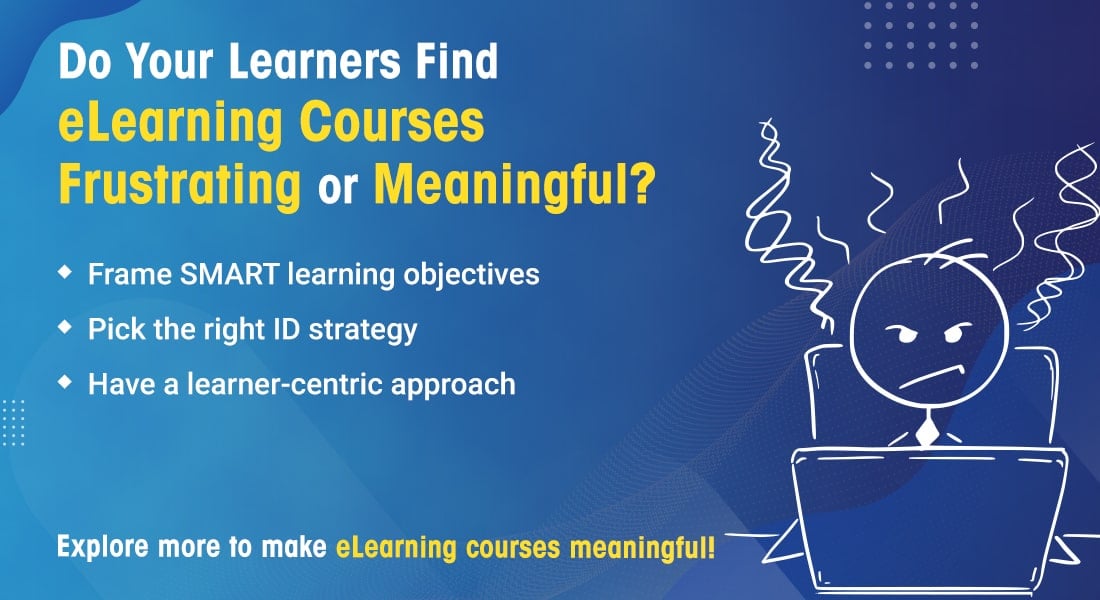How Rapid E-learning Helped a Multinational Company Avoid “Death-by-PowerPoint”

It is standard procedure today for every organization have an ethical code of conduct in play in the workplace. However, have you ever given much thought to the way in which the code of conduct is relayed to employees? Probably not. In most companies, the employee is either given a code of conduct manual on their first day at work (the manual often ends up at the bottom of a desk drawer never to be laid eyes upon again) or a PowerPoint presentation that promotes no interactivity or learner engagement. It doesn’t matter..how well-crafted your code of conduct policy is, or how full of information on essential legal standards and policies your PPT or manual is; if your employees don’t read it, this information is ineffective at best.
This lack of interest that employees display towards traditional code of conduct (COC) training led a US-based entertainment conglomerate to rethink its own COC delivery strategy. This blog tells a success story of how this company used an interactive rapid e-learning approach to avoid the so-called “death-by-PowerPoint” and enabled its employees to learn and understand the company’s legal standards and obligations.
About the Company
The company is a diversified multinational mass media and entertainment corporation based in the USA. The second largest media corporation in terms of revenue – operating with revenue of $55.6 Billion – it predominantly works in live-action film production, animation, and television.
What was the business challenge and who was the target audience?
The organization wanted to ensure its employees were compliant and up to date in terms of the company’s code of conduct. However, as they wanted the training to be rolled out quickly (in just 2 weeks), the conversion had to be done at top speed. With this in mind, the company chose a rapid e-learning approach to cut both development costs and time.
As with any code of conduct training, the target audience was employees at all levels of the corporation, spread across multiple countries. The training was aimed at helping employees to understand the company’s expectations and their individual role in maintaining business relationships and working with integrity.
How was the input provided and what was the ID strategy used?
The challenge was to convert a code of conduct training PowerPoint presentation into a fully functional e-learning module using Articulate Storyline. The company provided a single PowerPoint presentation which contained their code of conduct policies (categorized into four modules) along with an outline of the design for the interface..
The challenge in converting a code of conduct course for online learning is to make it engaging enough that it captures the attention of learners and motivates them to learn. It is absolutely essential that the course is designed well, especially with regards to the content, activity, and feedback, so that it has the desired t impact on learners.
Our team of developers thoroughly analyzed the inputs and proposed a scenario-based instructional design approach, paired with smart interactive elements spread throughout the course. The reason behind opting for a scenario-based approach was to offer a diverse range of real-world situations. By introducing learners to these scenarios, they would learn how to act in complex situations, handle potential conflicts of interest, use company assets and information appropriately.
What was the process followed?
The course was to be developed in the shortest timeframe possible. To guarantee a seamless and quick conversion process we decided to follow the Agile process. True to its name, the agile online course development philosophy calls for flexibility and speed in the creation of web-based courses. It significantly reduces time and cost by analyzing the challenges in the early stages of courseware development in order to meet the customer’s expectations. Active participation of stakeholders is encouraged, allowing for monitoring of the project at every step of the development process. This ensures that any iteration/feedback on the course is dealt with instantly, eliminating the possibility of having to re-start the development at any point.
Here’s the timeline of how the project transpired:
- The first course module was developed and promptly submitted to the client for review.
- Only after receiving the feedback, implementing it, and having the changes approved did our developers start working on the following modules.
- Right from the onset, a dedicated QA team was on hand to check the functionality of the course thoroughly before it went to the company for the final approval.
- Once all the four modules were finalized for functionality and content, the project was deemed successful.
The Final Result
The final product was a rich, interactive online learning solution that was developed in less than a week. It took our developers only 48 hours (roughly translates to 6 days) to convert a 30-page, text-heavy PPT into a fully functional e-leaning course using Storyline. As a result, the company was able to avert “death-by-PowerPoint”; turning a boring traditional Code of Conduct training session into an online learning course which made sure that its employees took the course as seriously as the ethical and legal standards they needed to comply with.
Rapid conversions of PowerPoint presentations to e-learning courses are now possible in weeks, not months, thanks to the availability of expert developers and a wide range of tools on the market such as Storyline, Captivate and iSpring. Corporate trainers today need their employees to receive training fast enough to begin applying their knowledge and contributing to the business, right away. This is where rapid e-learning development makes the difference – it’s fast, it’s cost-effective, and it works.





